What Is DDH Beer?
A Complete Guide on Double Dry Hopped (DDH) Beer
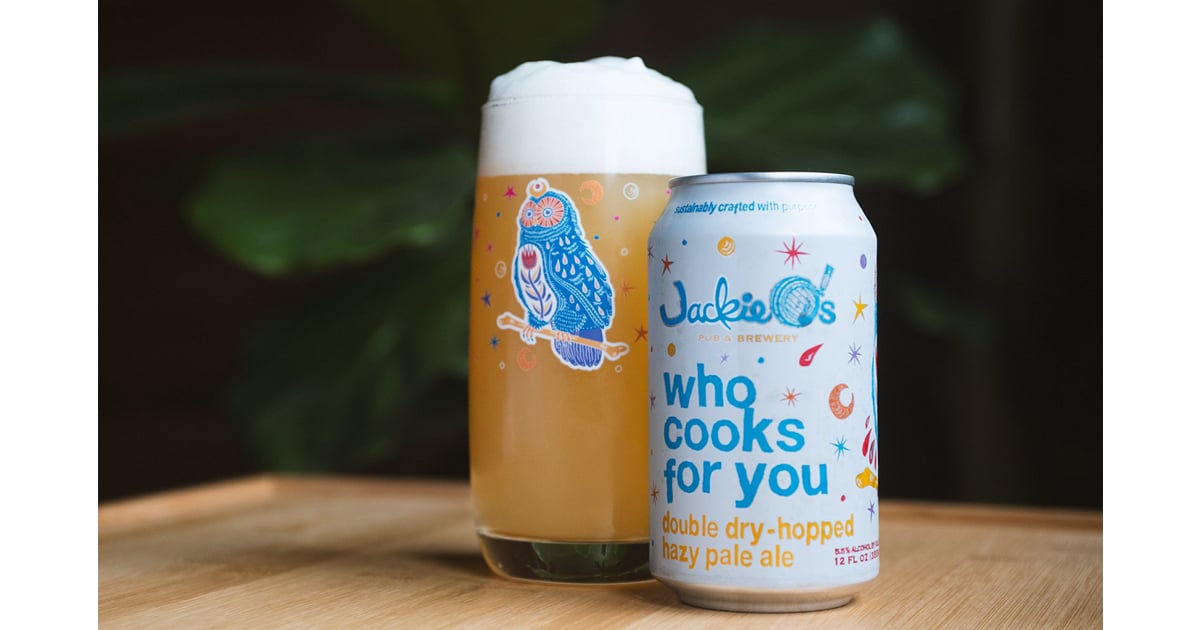
If you have spent any time recently in a brewery taproom or any number of beer destinations throughout the country, you may have noticed three little letters next to more and more offerings: DDH.
Those three letters stand for “Double Dry Hopped” and have become affixed to styles across the board, but most notable is the domination of DDH IPAs increasingly being poured. These days breweries are building their brands on the uber-hype that comes along with nearly anything they release labeled as Double Dry Hopped. Some breweries have built their business on eager lines of customers extending around the building filled with beer lovers clamoring for a one-off release that received the briefest mention on social media with that attractive term DDH. Sometimes, these fans willingly hand over $20 to $30 for a single four-pack! With all of this demand, and the constant brewery one-upmanship taking place throughout the beer industry, the question arises: is Double Dry Hopped an organic marketing term or a truly new dominant style?
A decade ago, the term DDH was unheard of, and any beer using the specific methods employed in DDH beers was generally just called “Dry Hopped.” Typically, hops are added to the brew cycle at specific times during the boil to extract desired levels of bitterness with the goal to balance the sweetness of the malt. In brewing math, keep adding more malts and more hops until you get to the desired IBU levels to match the style guide you’re using or the preferred tastes you’re planning to cater to. If a brewer wants to go bigger and create a Double or Triple IPA, they double or triple their malt and hops from the base recipe. Dry hopping, on the other hand, is its own technique altogether, but that doesn’t mean sometimes they can’t go hand-in-hand! Think of a Dry Hopped Double IPA such as Pliny the Elder.
On the technical side, hops added to the wort at the end of the boil will lead to fewer alpha acids being converted to iso-alpha acids, and therefore the beer will retain more aromatics lending to the piney, citrusy, herbal or grassy notes that so many IPA lovers gravitate towards. By contrast, dry hopping is the process of adding dried hop pellets to a brew after cashing the wort or during secondary fermentation. By adding the hops after the boil, the volatile oils contained are not extracted and therefore none of the bitterness, but rather only aromatics are passed along to the finished product. This technique has become increasingly popular across nearly all styles including lagers and sours. However, none have become nearly as sought after as the Hazy or Juicy IPA.
![]()
A decade ago, the term DDH was unheard of, and any beer using the specific methods employed in DDH beers was generally just called “Dry Hopped.”
All of this brings us to one existential question: What makes a DDH beer? First things first, let’s begin by looking at the history of dry hopped beer. Going way back to the origin of IPAs, when British merchants were transporting beer to India, breweries would often dose large amounts of hops to the shipping casks to help preserve the beer on its long trans-equatorial journey. In essence, they were “dry hopping” their beers primarily for utilitarian quality control purposes, unknowingly giving birth to a new technique and revolutionary style. Fast-forward to the mid-70s and Anchor Brewing revived the brewing method and became recognized as the first American craft brewery to do so. This jumpstarted what would eventually become the American craft beer explosion.
In the subsequent years, all beer styles have evolved drastically, and the demand for big aromatic hops has steadily increased, not limited to but obviously driven by IPAs. With more than 7,000 breweries across the U.S., beer drinkers have sought out the innovators and game-changers who are breaking the mold of tradition. As defined by Joe Mashburn, head brewer for Night Shift Brewing, a DDH beer is “truly double the dry hop rate.” Raising the question, does a DDH need a predecessor? If one starts with a doubled hop rate without a single before it, doesn’t that simply become the basepoint and therefore the simple “dry hopped” version, or like a Triple IPA, the “single” version never needed to exist?
As demand for these new beers have grown, hop growers have been busy developing new varietals, doubling down on the demand for bright, fruity classics and introducing nearly forgotten or lesser-known varietals such as Zappa from New Mexico. Shifting consumer tastes have also resulted in a shift in U.S. hop production. According to the Hop Growers of America’s 2019 Statistical Report, in the past five years the top 10 varieties by acreage grown have seen staples like Chinook, Summit and Centennial decline versus newcomers like Mosaic, Citra and Amarillo. If supply and demand are an indication of shifting tastes, it can be assumed that the trend towards big aromatic tropical fruit hops will continue to overtake more trellis space.
![]()
In the past five years the list of top 10 hop varieties by acreage grown has seen staples like Chinook, Summit and Centennial decline versus newcomers like Mosaic, Citra and Amarillo.
These new dynamic hops coupled with the sense of discovery fueled by the internet has only fed the dry hopped beast. Brewery standbys have given way to the omnipresent new release from the nanobrewery down the street, since for many new beer drinkers, the only world they have ever known is all craft beer all the time. Those brewery flagships became “for the old timers,” and if you were not the first or second to know about it, you were probably too late.
Just like everywhere else these days, camps are forming on both ends of the spectrum, and the fringes are taking shape as breweries release their latest DDH beers. Instagram and beer review sites are flooded by those raving about anything branded as Double Dry Hopped while long-standing icons become what is known as “Old Money.” Currently in the U.S., nearly every brewery has released their interpretation of a DDH beer. With the boom, some have risen to the top as the must-try examples. While some of these will become instant classics, it is good to hold up the heritage brands that helped break through to the mainstream decades ago. Below is a list of some of the worthy beers using dry hopping and double dry hopping methods in no particular order.
![]()
Anchor Dry Hopped Steam Beer
Anchor Brewing Co.
Description: San Francisco’s famous Anchor Steam Beer is unique, for its brewing process has evolved over many decades and is like no other in the world. To give this classic beer a radically traditional twist, the brewery created Anchor Dry-Hopped Steam Beer. Made with its own special recipe, this brew is dry-hopped with a blend of new and traditional hops.
![]()
DDH Pseudo Sue
Toppling Goliath Brewing Co.
Description: This double dry hopped pale ale showcases the Citra hop for a well-balanced beer that is delicate in body with a mild bitterness in the finish. Ferocious aromas of Citrus and Mango give a refreshing taste that is bright with just enough bite.
![]()
Ninja vs Unicorn
Pipeworks Brewing Co.
Description: Ninja vs. Unicorn celebrates the epic battle between two of the biggest hop-heads of lore. Brewed with over five pounds of hops per barrel, this unfiltered double IPA is sure to please the most discerning hop lover. Whether you’re rooting for the mythical horned horse or the deadly assassin of the east, you’ll surely enjoy Ninja vs. Unicorn.
![]()
Le Jus NEIPA
Alarmist Brewing
Description: Oozing with hop flavor from Mosaic and Citra hops, a bit of lactose for body and underlying sweetness. Hazy, juicy or whatever the kids use to describe this style these days.
![]()
The Assayer Triple IPA
Root + Branch Brewing
Description: The Assayer from Root + Branch Brewing is a multi-oat and wheat Triple IPA. It is built upon an intensified base, brewed and finally dry hopped with heavy additions of Citra, Comet and Galaxy hops.
![]()
Saison Dupont Cuvee Dry Hopping
Brasserie Dupont
Description: The creation of the Saison Dupont Cuvée Dry Hopping goes back to 2010. It is a blond beer, top fermented and, just like the traditional Saison Dupont, refermentation in the bottle. The specialty of this Saison is the dry hopping.
![]()
Who Cooks for You
Jackie O’s Brewery
Description: Who Cooks For You is Jackie O’s first packaged hazy pale ale. Brewed and double dry hopped with over 3 pounds per barrel of both cryo hop powder and hop pellets that were hand-selected in Yakima, WA. This little number is full of bright aromas and flavors of mango, watermelon and lemon. A subtle sweetness and soft bitterness will round out this fruit-forward, low ABV creation.
![]()
Trellis Buster
Crooked Stave Artisan Beer Project
Description: Brewed with more hops than Crooked Stave has ever used in a single beer, this resinous, trellis-busting hop bomb is bursting with bold character. The brewery tailored the malt profile to deliver a ridiculously smooth and drinkable double IPA; double dry-hopped with Azacca, Citra, Motueka and Simcoe.
![]()
I Always Felt Closer to IPAs Than I Did To People
Evil Twin Brewing
Description: DDH 9% IIPA is by far the most hopped beer Evil Twin has ever done. 5.6 lbs/bbl of mostly Galaxy and Citra with a touch of Amarillo and Simcoe.
![]()
Delta IPA
Brussels Beer Project
Description: Not your average Belgian beer. Its aromatic hops bring Delta IPA notes of lychee and passionfruit before surprising you with a frank and indefinite thirst-quenching bitterness. The Saison yeast adds its Belgian touch with a spicy and dry touch.
![]()
Orval Trappist Ale
Brasserie d’Orval
Description: The beer was first brewed in 1931 and owes its unparalleled taste to the quality of the water, the hops and the yeast used. The brewery has selected very aromatic and unique hop varieties, which harken back to the first brewmaster of Orval, who hailed from Bavaria. The beer’s aromas are very pronounced while maintaining the right level of bitterness thanks to the English method of dry hopping.
![]()
Iris
Cantillon Brewery
Description: Iris is a spontaneously fermented beer made yearly by Cantillon outside of the realm of traditional lambic beers. Instead of using a traditional 35% wheat base, Iris is brewed entirely with pale malt. It is hopped with a 50/50 blend of both aged and fresh hops then dry hopped. It is then barreled for approximately two years.
![]()
Apex Predator
Off Color Brewing
Description: Saisons are the hoppiest of the Belgian beers and Apex Predator is no exception. But beers with a pronounced hop profile don’t have to be defined by it. With a fragrant juicy fruit aroma, dry finish and a hint of honey, Apex Predator has many distinct layers.
![]()
Piraat Triple Hop Dry Hopped Ale
Brouwerij Van Steenberge
Description: Piraat triple hop is a balanced, complex brew with defined hop character. Starting with the base, four different hops are added into the brew three times during the brewing process. The hops pitched are Saaz, Tetra and Aurora twice in the brewhouse and then Cascade is used to dry hop the beer.
![]()
Whirlpool NEPA
Night Shift Brewing
Description: Soft and citrusy, Whirlpool is Night Shift’s flagship New England pale ale. Pours hazy blonde with a nose of ripe peach and grapefruit. Sips juicy, fruity and crisp with minimal bitterness. A bright, vibrant beer that’s wonderfully drinkable and remarkably refreshing.




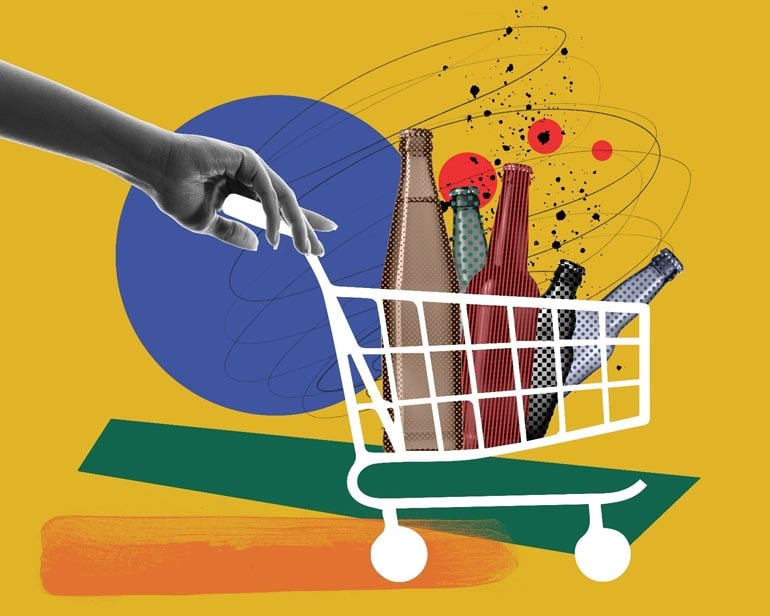


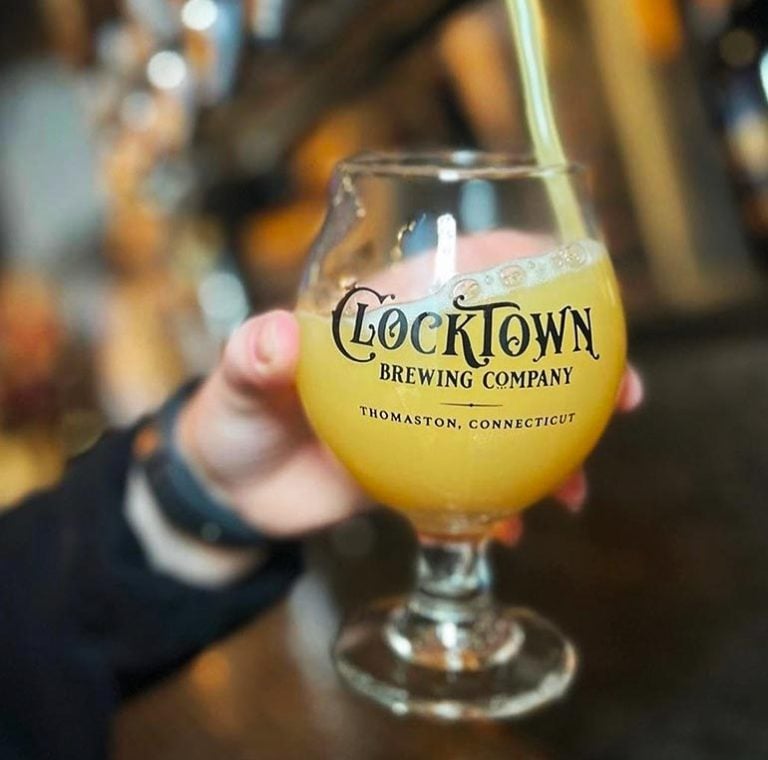


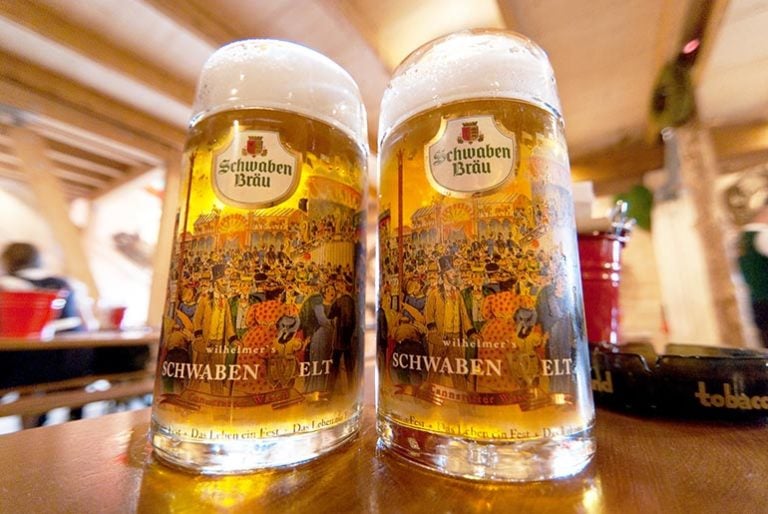

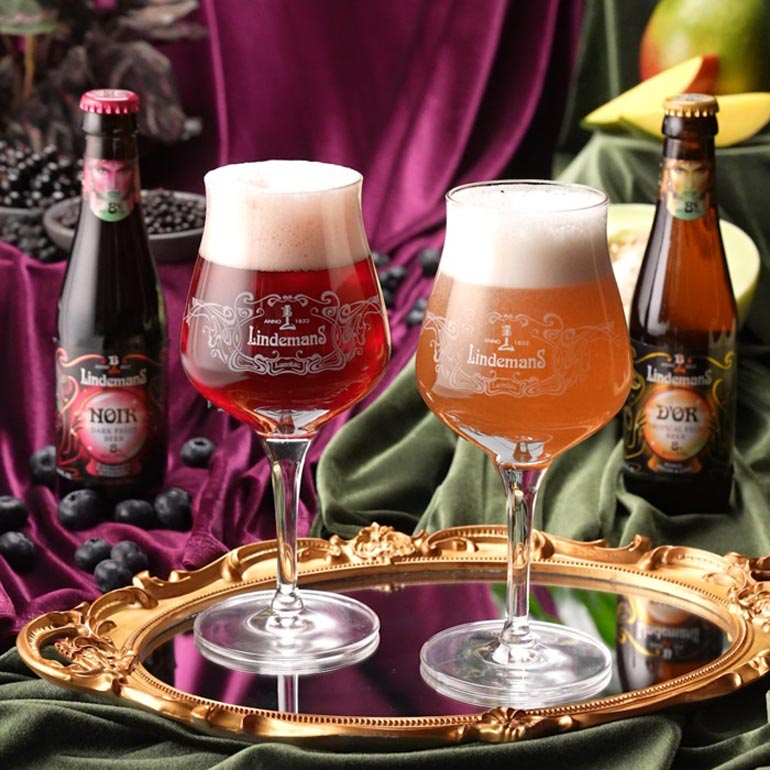
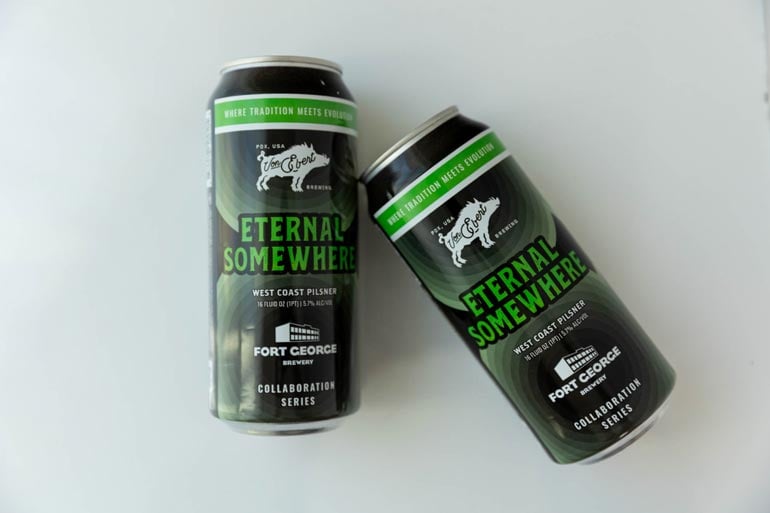

Comments 0
No Readers' Pick yet.